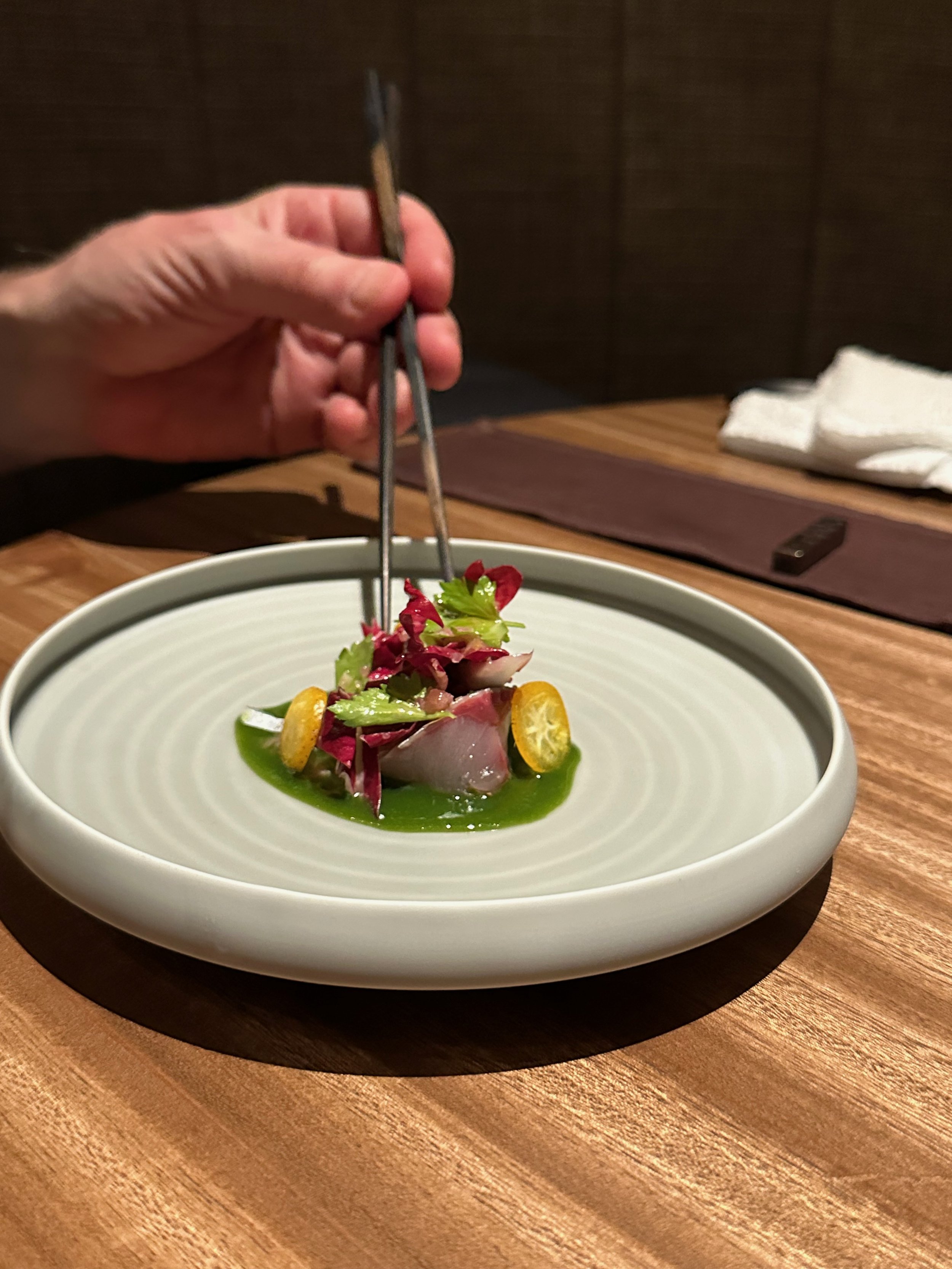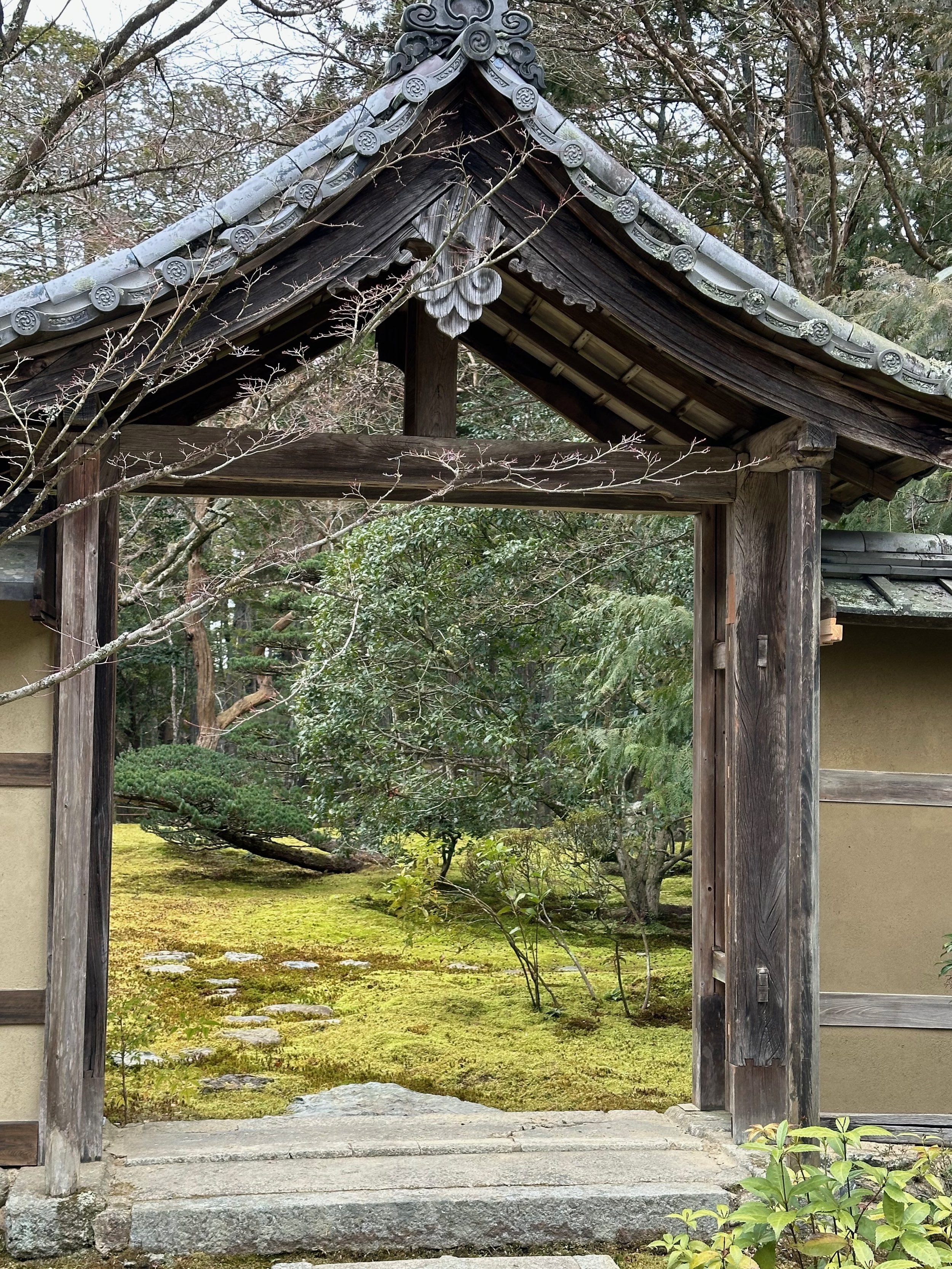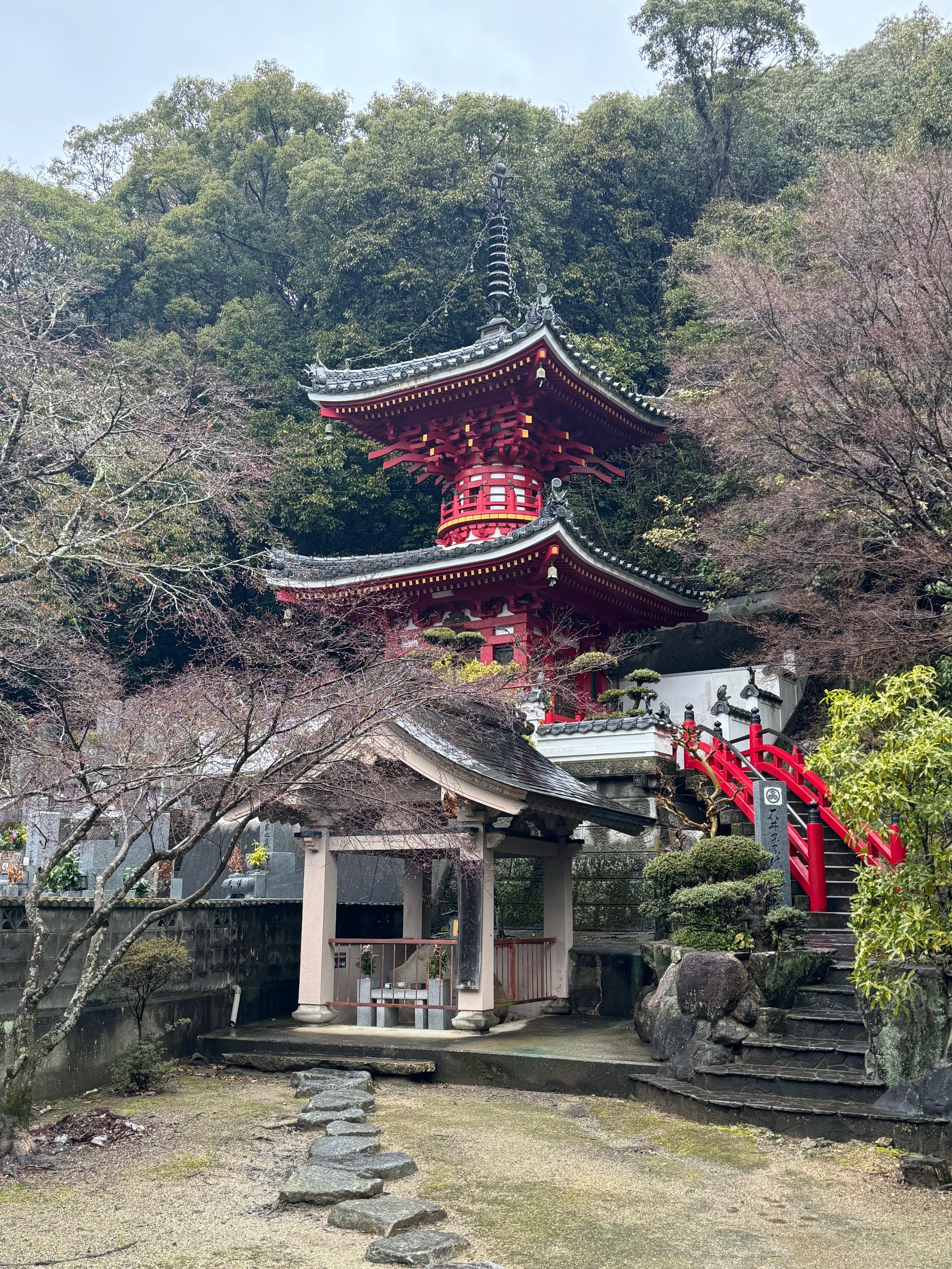Japan - departing thoughts
I’ve been in Northeast India for a couple of days and am already deep into learning about indigenous food ways of this region (you’ll hear about that later), and all the posts I had hoped to craft from experiences in Japan never seemed to happen. I really don’t know how professional writers do it – I can’t seem to find the time to stop wondering and start writing. Procrastination (laziness?) aside, I thought I better just put down some general thoughts about my month in Japan before they totally slip away.
Obviously, even a month – which seems like, and is, such a luxurious amount of time – is really barely enough to give one the slightest inkling of a culture’s complexity. I just said to Mark, this kind of travel leads me to these almost unbearable moments where I am trying to take in so many things – the economy, the food, the fashion, the politics, the mannerisms, the history, the language – and I come to the realization that I know next to nothing about anything. It’s not as frustrating as it sounds – in fact it is sort of liberating, very humbling and, of course, totally stimulating.
And so, with apologies to everyone reading this who knows far more about Japanese everything than I do, here are a few of the things that I loved about this place that will stay with me.
The Food
I mean the craft is insane. As you may have read in my profile of Junyu, watching him make soba noodles made me cry it was so expertly performed. I think practically every dish I consumed was cared for in ways that are unimaginable to most Americans. With respect, reverence and patience. Mark and I went looking for a place to have a drink one night before dinner - bars tend to open after dinner, not before (dinner is generally on the early-side), but we found somewhere wonderfully dedicated to only making gin and tonics. I watched the guy make a drink for someone sitting at the bar. I couldn’t follow everything he did, but it involved placing one gorgeous, square ice cube in the glass, coating it with liquid, using tongs to rotate the cube, coating again and repeating until presumably all six sides of the ice cube were equally coated with whatever he was using. He hadn’t even started to make the actual drink. This level of detail obviously informs the traditional Japanese kaiseki that we experienced many times, but, like the gin and tonics, it was total fun to experience how the approach underlies other cuisines when made in Japan - we discovered amazing Neopolitan style pizza and Paris-worthy croissants while there.
That type of care also extends way beyond food – buying anything as simple as postcards involves waiting a few minutes while they are beautifully packaged and taped. Laying out a place setting is an art. If you think you can just tie a regular old bow with your kimono’s obi or the ribbon around the box your tea bowl comes in, think again. You’ll need a youtube video (thankfully, there are many).
The food is also highly regional – on par with Italy in my experience. People know what areas of the country are known for what in terms of what is produced and the craft that is well-known there. For one memorable meal, we traveled outside Kyoto to Lake Biwa and everything was either from the lake itself, like soft-shelled turtle, or grown within minutes of the restaurant.
Nature
The reverence to nature is evident in so many ways – the parks and gardens are as glorious and omnipresent as everyone says. The temples and shrines are more about the natural beauty outside than they are about the deities inside. And seasons being forefront is no joke. I wrote about the 72 seasons concept earlier, and while in Japan, the welcoming of Spring was everywhere –scrolls and motifs are celebrating the coming season; haikus are showcased talking about the blossoms; the Equinox is a national holiday; in the front of dollar stores, you can get your flower-printed party supplies for your own ‘welcome to spring’ gathering and so on. Sakura (or cherry blossom) watching is a national pastime. So much so, that each region designates a forecast tree and it’s someone’s job to check the tree every few hours. When the tree has five blossoms out, that region’s sakura season officially opens. Whenever I saw a TV playing news, it was mostly about the sakura forecast. Also, in the Shinto tradition, important trees are wrapped with braided rice to mark their awesomeness. I loved this.
Loyalty in Society
This one is harder to articulate, but I think Mark summed it up when he said he thought Japan was the closest thing to a collective society that he’s experienced. The social systems are off the charts – healthcare, education, transportation, etc. You get the sense that the Government feels a deep sense of obligation to the care of their citizens. There was absolutely no litter. I mean none. Really, none. I think I saw one wrapper on a subway step in Tokyo during a month of being out and about. I once saw someone vacuuming a parking lot. That there is a taboo on littering is a huge understatement –like the possibility isn’t even in the ether. Such consideration for others creates these strict norms and might seem to some as impinging on freedom, but the effect is quickly attractive. At crosswalks with folks waiting for a green pedestrian light on even a tiny street with absolutely no cars in sight, not one person would budge to walk against the light. For Mark, a born and raised Manhattanite, this was nearly impossible. But once we understood the larger context, it became more pleasurable to stand and wait and walk together.
Related to this, but less understood (at least by me) is the deep loyalty to family businesses we experienced. It seems every miso, sake, yuba, tofu, pickle, soy sauce – maker we met was at least fourth generation. This is just unfathomable to an American mindset – I don’t even really know what my great grandfather did for a livelihood, let alone what his grandparents did. When talking to one friend about gay culture in Japan, she said her friend reported that it was much easier for him to come out to his parents than it was to tell them he didn’t want to run the family business. This passing down of craft felt really special and, while I can imagine its complications, it appealed to the romantic in me.
Wellness
I’ve been listening to Mark Hyman’s latest book lately called Young Forever. I started it not because I want to be ‘young forever” (the title gives me mixed feelings recalling the 80s version of the song Forever Young) or live to 120, but I find the science pretty interesting and it reinforces my beliefs of what factors contribute to a healthy life – eating unprocessed food, exercising, having a purpose and being part of a community. It’s a coincidence that this trip includes visits to two prominent Blue Zones (places where people live longer): Japan and Greece. Japan has the longest-lived people in the world, and you can see it every day. As I sought out places to run most mornings, I was surrounded by folks of every age walking, running, playing tennis, doing tai chi – these people move and they don’t let age stop them. And, of course, the food, while changing, has strong, healthy roots with seafood and tofu being the primary forms of protein, still not a lot of processed food around, and off the charts daily intake of green tea, which Hyman seems to be in love with (he is also very fond of mushrooms, another staple).
By far, my favorite aspect of Japanese culture is the bathing. Anyone who knows me well, knows this is the grand dame of my personal wellness regime and it was not exactly by chance that we hit some of the best hot spring spots in Japan on our travels. Every place we stayed in the countryside had an onsen – a communal bath fed by natural hot springs. Twice a day was my minimum. But my absolute favorite bathing experience was our last day in Tokyo. In the cities, folks use sentos – these are community bath houses that are fed with municipal water, not natural hot springs. Every neighborhood has one and just one or two generations ago, households didn’t have baths – they would go to the sento and it was another aspect of their community. I found a sento near a museum I was visiting in Tokyo. The ticket was 480JY – about $3.20 – although I splurged and added on access to the sauna for another 80JY. The place, of course, was immaculate and included a large pool with three massage stations, a slightly cooler pool, a silky pool that had some added element and a cold plunge pool – plus the bathing stations, showers and the sauna. There were women here from every decade of age, including children. The water temp is much higher than American standards, which now has me embracing the cold plunge (Hyman would also be happy about this, he’s a huge fan of inducing hormesis – your body’s response to healthy stress). I spent a very happy couple of hours going from pool to pool with about a dozen other girls and women at any given time. There was no talking, we were generous with giving each other space and privacy and there was a general sense of ‘me time’ that crossed our cultural barriers (I was the only westerner).
I was pretty sad that day because we were about to depart to new lands and I had, as usual, fallen in love with this country. But as I bowed and smiled to my fellow bathmates leaving the locker room with a totally understood, non verbal ‘that was pretty great, have a fabulous day,’ my spirits lifted. What an honor to participate in their world for a bit. What lessons. Glynwood sento?












